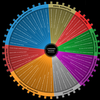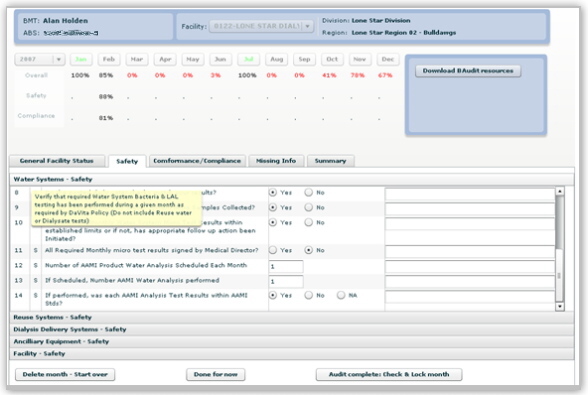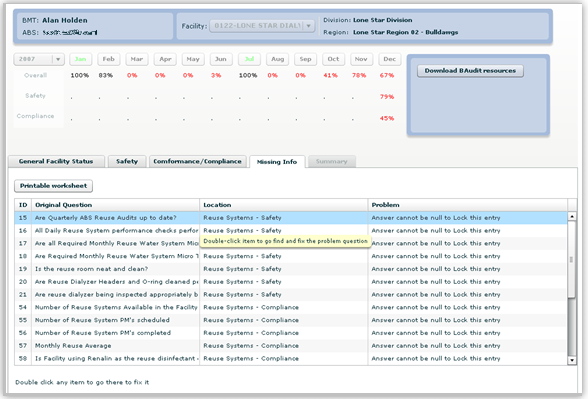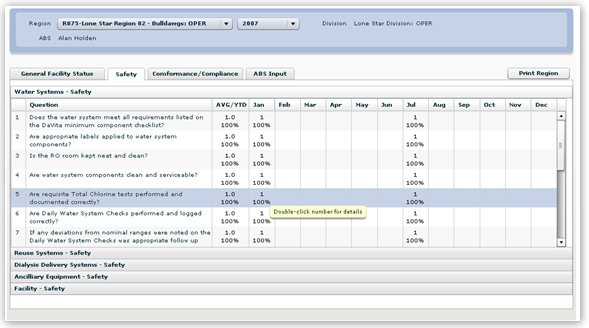- Guide to Online Marketing
-

-
Here's an infographic that I found very helpful.
Flex Biomed Audit
Also called Baudit, this application provided a boost in productivity for technicians in the field. On a regular basis, a biomed tech called on each medical facility and performed a detailed inspection of Safety and Compliance indicators.
The previous method was for the technician to complete a spreadsheet template for each medical facility and send them to supervisors, who would then carefully copy and paste the relevant cells into an aggregating spreadsheet, and then send that upstream to their supervisors. Repeat this process a few more times (for regions, divisions, etc) and eventually there was a single grand spreadsheet with a summary of all data for the executive level.
In the Baudit system I provided a series of (Flex 2 - ActionScript 3) applications that eliminated the whole spreadsheet pasting process. The first one was used by the field technicians, and posted each data element in a transaction (like a credit card purchase), rather than requiring the tech to submit entire screens or remember where they were in the process. With every entry made for any month (February in the example below), the percentage rankings would update instantly to reflect the facility's score:

All the data exchanges were done using SOAP (Web Services), using SSL through a NetScaler balancer. At the core of the application was a vastly customized Flex datagrid component, which used specialist "renderers" in each cell to accept boolean, multiple choice, numeric and text inputs as needed; transmit the entry and parse any validation results from the server. The number of inspection classes (the tabs), the categories user each class (the bars), and the number of audit points (questions), was dynamic; when business required a change to the supporting database, the application would adjust automatically.

The Baudit application was also able to provide much more validation and feedback than a spreadsheet, listing incomplete items for the technician and the ability to pull a hard-copy worksheet (above).

Using the design pattern from the technician's version, additional versions of Baudit were then developed to report the audit conditions of each facility to supervisors in real-time. A screen from the divisional version is shown above; which uses the Flex datagrid component customized in a different manner.
The original application is owned by DaVita, hosted behind a firewall, and can be verified by my former supervisors.




